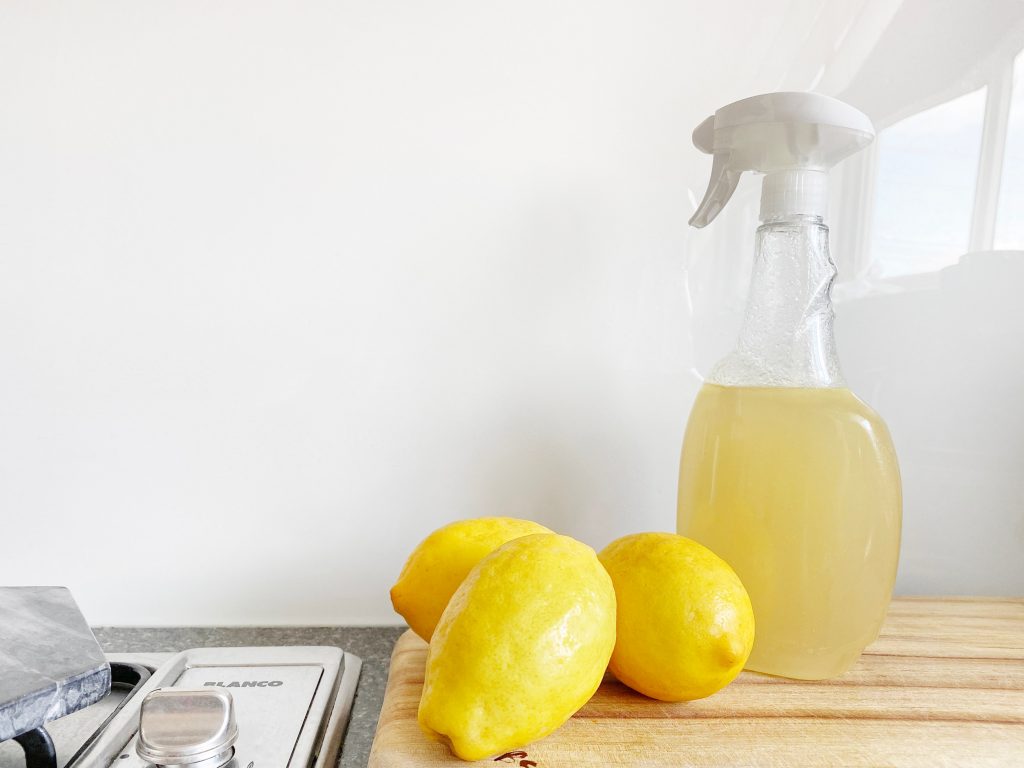Did you know that rain can stimulate termite activity in your home? I didn’t either, so imagine our surprise when we saw one of our wooden shelves, along with some picture frames, infested with termites. Luckily, it wasn’t one of my mother’s more ornately carved antiques that fall victim to these pesky and destructive insects.
With all the rain we have been experiencing this month, it is bound to cause some problems at home.
Apparently, after it rains, flying termites or alates will emerge from the ground, find a mate, and look for a new place to establish their new colony. The rain helps create the most preferred environment for termites, making them leave their old colony and create a new one somewhere else.
Know thy termites
There are 200 different species of termites in the Philippines, but the coptotermes species make about 90 percent of property damages in the country. The most common type of termite is the subterranean termites.
Subterranean termites are creamy-white to dark brown or black in color; these cause the most damage and are one of the most destructive pests in the world. These are the types that build tunnels or “mud tubes” to protect themselves and to reach food sources.
Like many insect colonies, termites have their caste system: king, queen, workers, soldiers, and alates. The king and queen are in charge of reproducing and expanding the colony. The termite workers do all the work such as feeding, grooming, making tunnels, and excavating. They are the ones causing the damages to properties and belongings. The soldiers are the colony’s protectors against ants and other insects.
Signs of infestation
Termite infestations can happen inside and outside of the home. One of the easiest ways you can detect an infestation is if you see mud tubes. The mud tubes look like long tunnels of wood and soil. Apart from protecting the insects from predators, these tubes also protect them from drying out while travelling for food and back.
Another sign of termite infestation is when wooden structures sound hollow, blistered, or have uneven or bubbling paint. Check your home for discarded wings, as well. If you see these near doors or windows, these wings indicate that alates have entered and infested the home. While you’re on it, be on the lookout for small piles of feces that resemble sawdust. This can indicate that a termite nest is near.
How to get rid of termites

Continuous rain can also make getting rid of termite infestations even more difficult. So before termites invade your home, prevent it by avoiding water to accumulate near your home, especially near walls, doors, windows, and the house’s foundation.
Never bury wood scraps or lumber in your gardens. Seal cracks to keep termites out of your home. Eliminate wood contact with soil or maintain a one-inch gap between soil and wood.
If there’s already a termite infestation in the home, there are ways to get rid of these pests for good.
- Vinegar – Vinegar has a multipurpose function in the home. Not only does it add flavor to your fave dishes, but it can also be used to clean an assortment of surfaces and kill termites. In a spray bottle, mix half a cup of vinegar and the juice of two lemons. Spray the mixture in termite mounds, mud tubes, or wooden structures that termites might eat. The acidic substances from the vinegar will kill termites on contact. Spray regularly to catch any termites that didn’t die from the last spray.
- Orange oil – Orange oil is derived from orange peels, and you can easily buy this now online. Oranges is made of d-limonene, which is deadly to termites because it causes their exoskeletons to dissolve and eventually die. Spray the oil directly on the affected areas. You can also spray the oil to deter termites coming into your home. Spray regularly to prevent this from happening again.
- Sunlight – If the infected wooden structure is a piece of furniture, take this outside and expose it to the sun. Too much exposure to sunlight and heat can kill termites. But if the infected area is the beam or a wall, set up UV lamps to shine on the area.
- Bleach – Pour laundry bleach into a spray bottle or pour it directly onto the termite mound. The toxicity of the bleach will instantly kill termites that come in contact with it. Do not forget to protect yourself when using this.
- Salt – Mix salt with warm water and let it dissolve. Pour or spray the mixture to affected areas. The saltwater will drown the insects and kill them from the high sodium content.
If the infected area is bigger than you thought or what you can handle, contact a professional pest control company to help you deal with this problem. Thankfully, the only thing that got damaged by the unwelcomed guests was the wooden shelf. We used vinegar spray first and then came back with bleach spray as an added measure. Hopefully, we won’t have any future problems with them, and neither will you.
